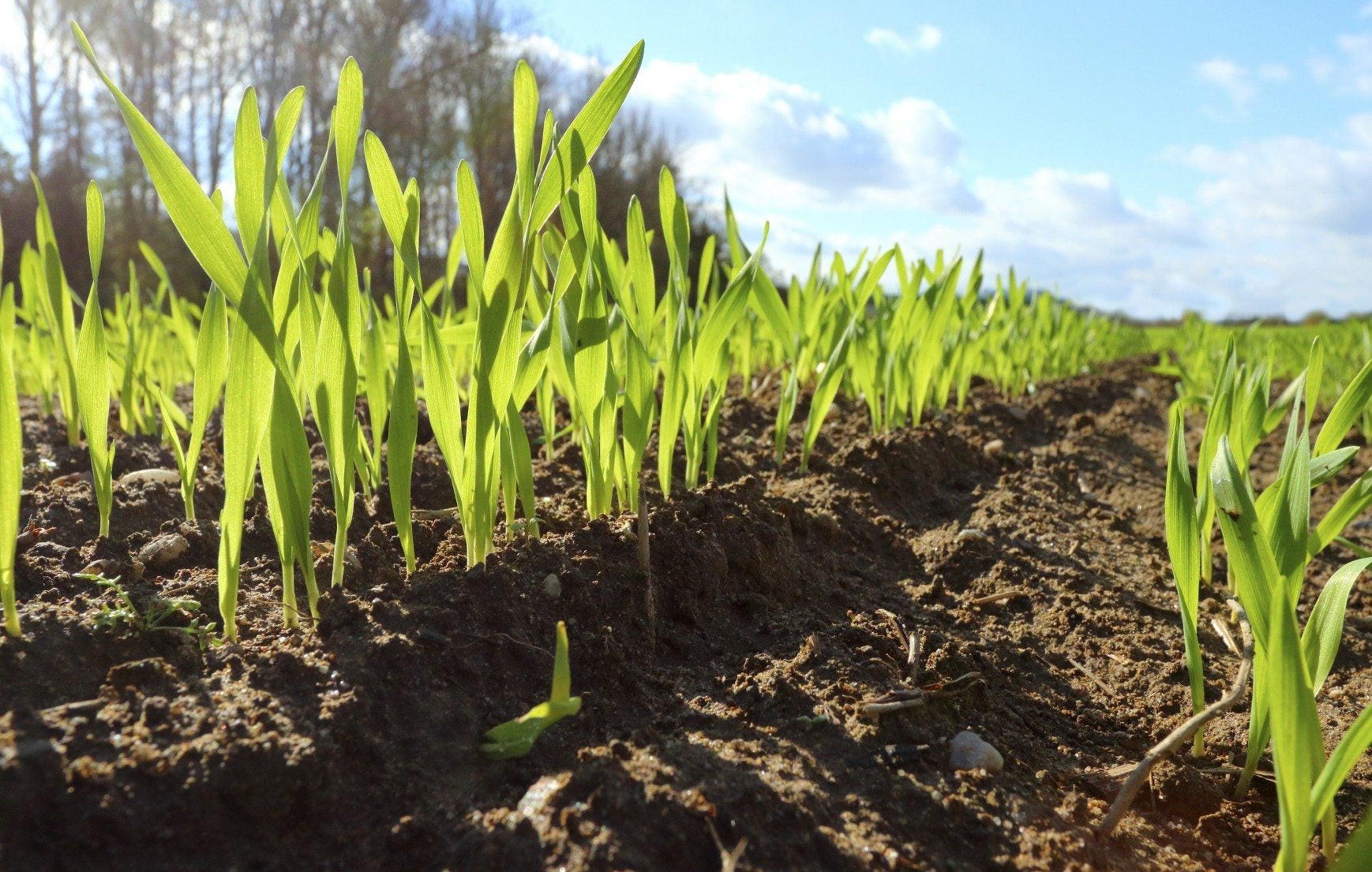Well, let me tell ya, that darn clay soil, it’s a real pain in the behind, ain’t it? It’s hard as a rock when it’s dry and sticky as mud when it’s wet. But don’t you worry none, I’ve been around the block a few times and I know a thing or two about fixin’ it. We’re gonna talk about the best cover crops for that stubborn clay, so listen up.
First off, cover crops, what are they? Well, they’re like a blanket for your soil, ya see? They protect it from the sun and the rain, and they help make it better. And when it comes to clay, you need all the help you can get. It’s tough stuff, that clay.

Now, some folks say clover is good. And I reckon they’re right. Clover’s a tough little plant, and it can grow just about anywhere. It puts nitrogen back into the soil, which is a good thing, makes it richer like. And the roots, they help break up that hard clay, so the water can get in and the plants can grow.
Then there’s winter wheat. It’s another good one. You plant it in the fall, and it grows all winter long, protectin’ that soil. And in the spring, you can till it under, and it adds all that good stuff to the dirt. It’s like feedin’ your soil, ya know?
- Buckwheat is another one folks talk about. It grows real fast, and it smothers out the weeds. And it’s got a lot of leafy matter that you can turn into the soil to make it richer and easier to work. It’s like a fluffy blanket for your land.
- And don’t forget about those plants with the deep roots, like alfalfa and fava beans. Them roots, they go way down deep, breakin’ up that clay and bringin’ up nutrients from down below. It’s like tillin’ the soil without all the back-breaking work. I tell you, my back ain’t what it used to be.
So, you got your clover, your winter wheat, your buckwheat, and them deep-rooted plants. They’re all good choices for clay soil. But you gotta pick the ones that work best for where you live and what you’re growin’. It ain’t one size fits all, ya know?
Now, some folks, they think they can just mix sand into that clay and fix it right up. But let me tell ya, that ain’t gonna work. You just end up with somethin’ like cement. And then you’re really in a pickle.
What you gotta do is add stuff that makes the soil healthy and alive. Things like bone meal, blood meal, that mushroom stuff, kelp powder, peat moss, and even them little worms. They all help break down that clay and make it nice and crumbly. And don’t forget about leaves and wood chips! Soak them wood chips in some fish fertilizer, and your soil will thank you for it. You gotta give back to the earth, ya know? It ain’t just about takin’.
And another thing, you gotta plan it all out. You can’t just throw some seeds down and hope for the best. You gotta think about when you’re gonna plant your cover crops and how they’ll fit in with your regular crops. You don’t want them fightin’ over the same space and food. It’s like havin’ too many mouths to feed at the same table, ya know?
Soil aeration is important too. That’s where them daikon radishes come in. They got roots that go down deep, like six feet deep! They open up that clay and let the air get in. And the air is just as important as the water, ya see? Plants gotta breathe, just like us.

So, there you have it. A little bit of wisdom about cover crops and clay soil. It ain’t rocket science, but it takes a little bit of know-how and a whole lotta hard work. But trust me, it’s worth it. When you got good soil, you got good crops. And when you got good crops, well, that’s just about the best thing there is. And remember, always be kind to the earth, cause it’s the only one we got.
And one last thing, you gotta keep at it. Fixin’ clay soil ain’t a one-time thing. It’s somethin’ you gotta keep workin’ on, year after year. But if you stick with it, you’ll have soil that’s the envy of the whole neighborhood. And that, my friends, is somethin’ to be proud of.





















